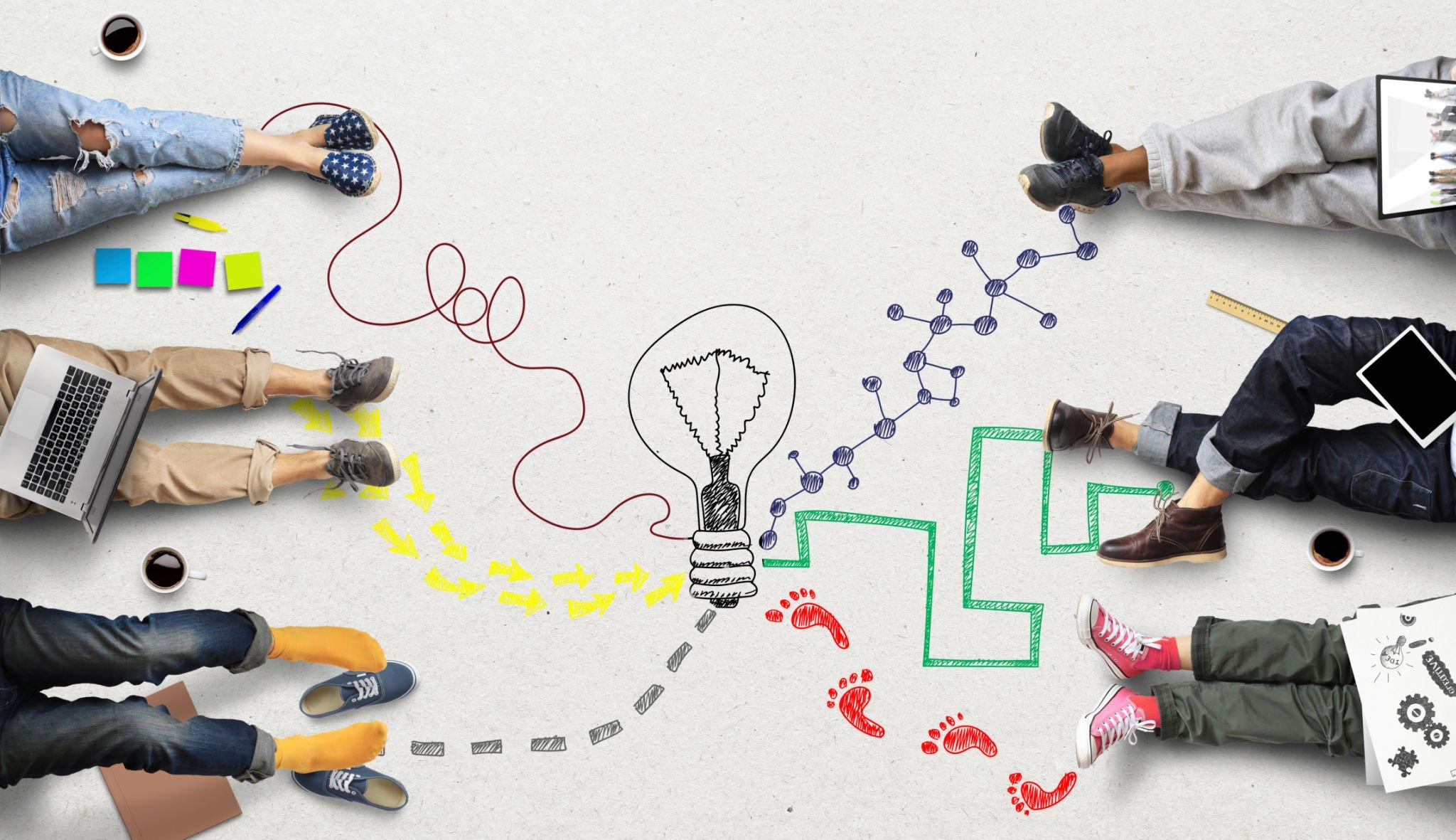Mastering Skills: The Essentials of Competency-Based Learning
In the ever-evolving realm of education, conventional methods are making room for progressive and impactful learning approaches. A notable player in this shift is Competency-Based Learning (CBL). To delve into the fundamentals of CBL, its advantages, and its pivotal role in empowering individuals to master essential skills for success, explore our comprehensive guide on Competency-Based Education, where we unravel the nuances of this transformative educational paradigm.
Understanding Competency-Based Learning (CBL)
Competency-Based Learning is an educational approach that focuses on students’ mastery of specific skills rather than the traditional time-based model. In a competency-based system, learners progress at their own pace, advancing upon mastering the required skills and knowledge. This approach shifts the emphasis from seat time to a more personalized, skill-centric methodology.
Key Elements of Competency-Based Learning
Personalized Learning Paths:
CBL allows for a customized learning experience, acknowledging that each student has a unique set of strengths and weaknesses. By tailoring learning paths to individual needs, students can focus on areas where they need improvement and progress quickly through areas where they excel.
Flexible Pace:
In traditional education, the entire class moves forward at the same pace, regardless of individual understanding. Competency-based learning, on the other hand, allows students to advance when they demonstrate mastery of a skill. This flexibility ensures that no one is left behind, and learners can take the time they need to fully comprehend each concept.
Continuous Assessment:
Assessment in CBL is ongoing and tied directly to the mastery of specific skills. Instead of relying solely on exams, students are evaluated through a variety of methods, such as projects, presentations, and practical applications. This comprehensive approach provides a more accurate measure of a student’s true understanding.
Real-world Application:
One of the cornerstones of CBL is its emphasis on real-world application. Rather than just memorizing facts, students engage in activities that mimic the challenges they will face in their future careers. This practical approach ensures that learners not only understand concepts theoretically but can also apply them in practical scenarios.
Benefits of Competency-Based Learning
Tailored Learning Experience:
CBL recognizes that students have different learning styles and paces. By catering to individual needs, it creates a more engaging and effective learning environment.
Increased Motivation:
As students progress based on their mastery of skills, they experience a sense of accomplishment. This intrinsic motivation fuels a passion for learning and a desire to excel.
Preparation for the Future:
In a rapidly changing world, adaptability and continuous learning are essential. CBL instills a mindset of lifelong learning, preparing individuals for the evolving demands of the workforce.
Higher Retention Rates:
Research indicates that CBL leads to higher retention rates as students are actively engaged in the learning process. The hands-on, practical nature of CBL ensures that knowledge is not only acquired but also retained over time.
Implementing Competency-Based Learning
Curriculum Design:
Designing a competency-based curriculum involves clearly defining the skills and knowledge that students should master. Breaking down these competencies into manageable units allows for a more granular approach to learning.
Technology Integration:
Technology plays a crucial role in the implementation of CBL. Learning management systems, online resources, and interactive platforms facilitate personalized learning experiences and provide valuable data for assessment.
Teacher Role Transformation:
In a competency-based learning environment, the role of teachers evolves from lecturers to facilitators. Teachers guide and support students, providing individualized assistance as needed.
Collaborative Learning Opportunities:
CBL encourages collaboration among students. Group projects and peer-to-peer learning activities enhance social skills and expose learners to diverse perspectives.
Challenges and Future Outlook
While Competency-Based Learning offers numerous advantages, it is not without its challenges. Adapting existing educational structures, training teachers, and addressing concerns about standardization are some hurdles that institutions may face.
Despite these challenges, the future of education seems to be leaning towards competency-based approaches. The ability to master essential skills at an individualized pace aligns with the needs of a rapidly changing global landscape.
Conclusion
Competency-Based Learning represents a paradigm shift in education, emphasizing mastery, personalization, and real-world application. By focusing on the essentials of CBL, institutions and educators can create a learning environment that fosters skill development, prepares students for the challenges of the future, and ultimately contributes to their success in a dynamic world.
Embracing the essentials of Competency-Based Learning is not just an educational innovation; it is a transformative journey towards empowering individuals to master the skills that matter most.




